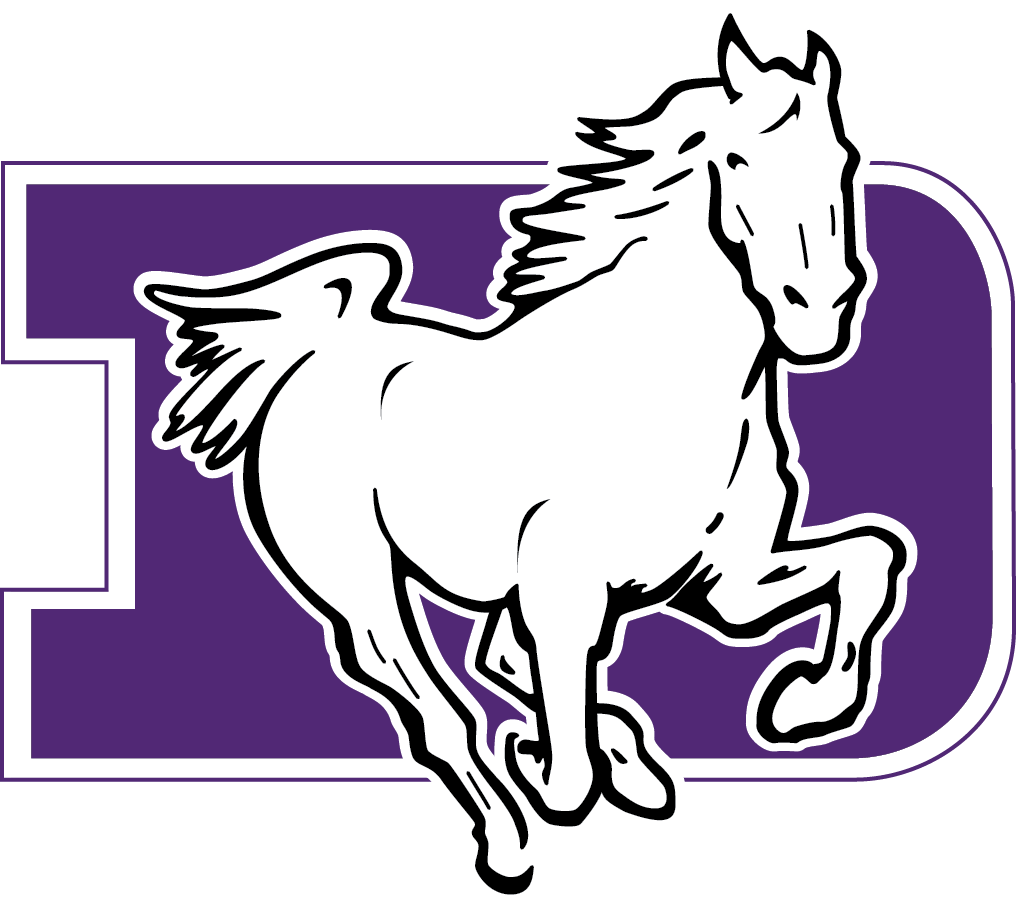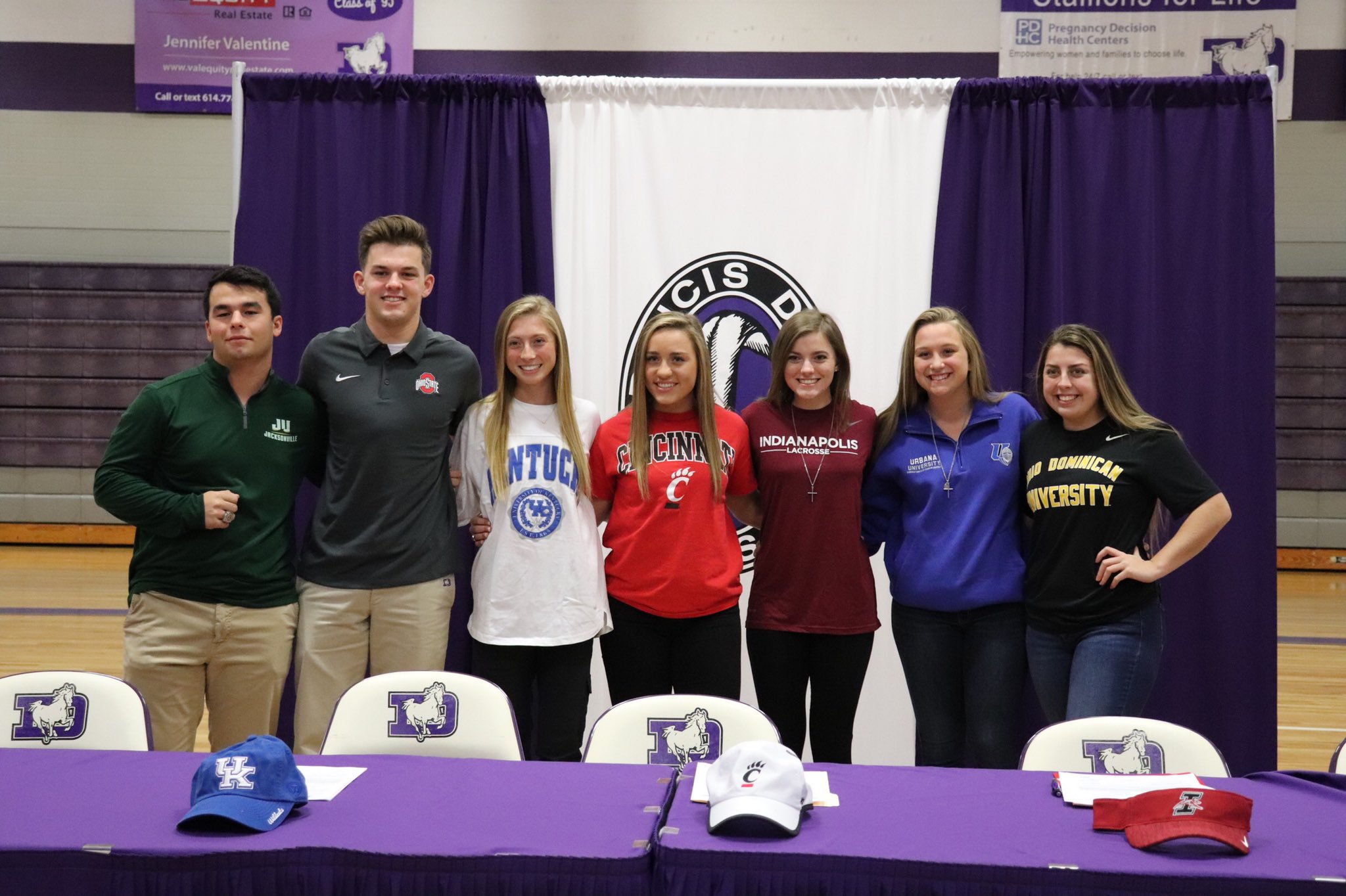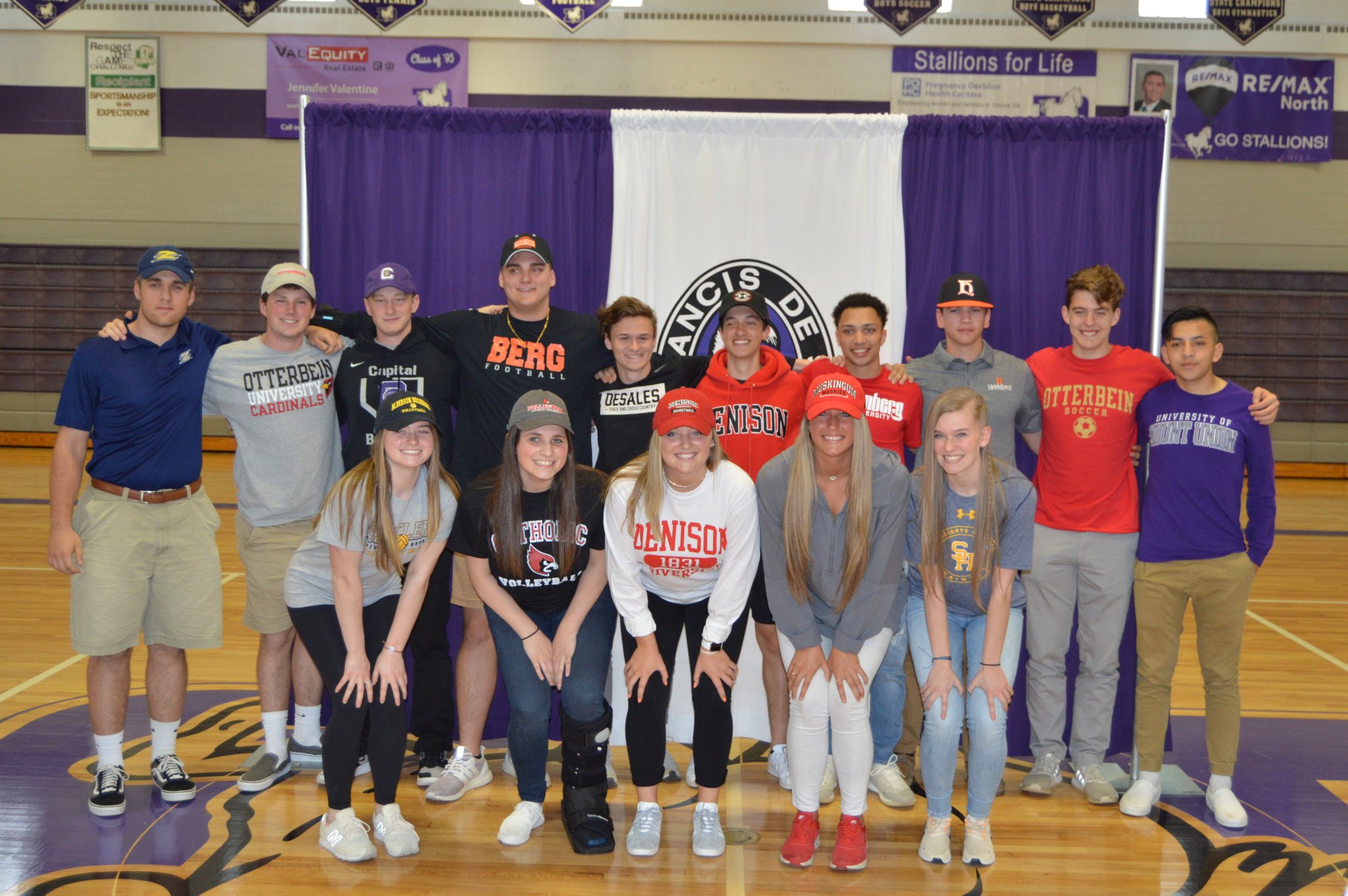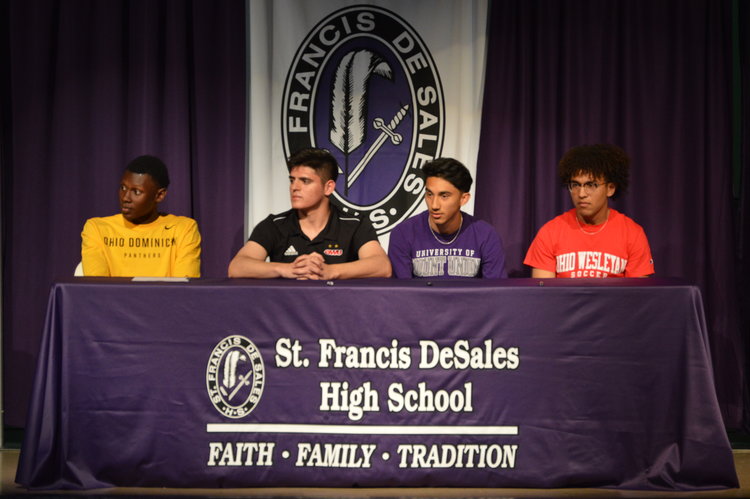Interested in Playing at the Collegiate Level?
At St. Francis DeSales High School we want to do everything we can to help our students achieve their goals. If your child has expressed interest in playing the sport they love at the collegiate level, this page will assist you in starting the process.
Levels of College Athletics
All three NCAA divisions emphasize athletics and academic excellence for their student-athletes; after all, the NCAA’s overall mission is to make athletics an integral part of the educational experience at all member schools. The differences among the divisions emerge primarily in how schools choose to fund their athletics programs and in the national attention they command.
NCAA Division I
Among the three NCAA divisions, Division I schools generally have the biggest student bodies, manage the largest athletics budgets and offer the most generous number of scholarships. Schools who are members of Division I commit to maintaining a high academic standard for student-athletes in addition to a wide range of opportunities for athletics participation.
NCAA Division III
More than 190,000 student-athletes at 450 institutions make up Division III, the largest NCAA division both in number of participants and number of schools. The Division III experience offers participation in a competitive athletic environment that pushes student-athletes to excel on the field and build upon their potential by tackling new challenges across campus.
NCAA Divsion II
Division II is a collection of more than 300 NCAA colleges and universities that provide thousands of student-athletes the opportunity to compete at a high level of scholarship athletics while excelling in the classroom and fully engaging in the broader campus experience. This balance, in which student-athletes are recognized for their academic success, athletics contributions and campus/community involvement, is at the heart of the Division II philosophy.
NAIA
The National Association of Intercollegiate Athletics (NAIA), is a governing body of small athletics programs that are dedicated to character-driven intercollegiate athletics. Since 1937, the NAIA has administered programs dedicated to championships in balance with the overall college educational experience. Each year more than 65,000 NAIA student-athletes have the opportunity to play college sports, earn over $600 million in scholarships, and compete for a chance to participate in 26 national championships.
Step by Step Guide to Begin the College Recruiting Process
Step 1
Create an Account with the NCAA Eligibility Center (Click Image). Use this checklist to make sure you have all required information ready to enter.
Step 2
Complete the form below to notify Carli Urcheck, (the SFD Guidance Counselor that oversees NCAA Eligibility) that you are interested in playing collegiately.
Step 3
Identify schools that you might be interested in attending.
Step 4
Let your SFD Head Coach know that you have aspirations to play collegiately, he/she will be your biggest advocate!
Division I and II Academic Requirements and Sliding Scale
Once you have made your commitment to play sports in college, complete the form linked below!
Why play college sports?
College education
A college degree has a direct impact on a person’s quality of life. A 2013 report by The College Board shows that the median lifetime earnings of bachelor’s degree recipients are 65 percent higher than those of high school graduates.
Academic success
NCAA student-athletes are graduating at rates that are higher than ever. Nearly 15,000 student-athletes have returned to campuses to complete their degrees in the past decade after finishing their athletics eligibility.
Scholarships
More than 150,000 college athletes receive $2.9 billion in athletics scholarships each year from NCAA member colleges and universities.
Student Assistance Fund
Division I student-athletes have access through their campus and conference offices to more than $75 million from the NCAA’s Student Assistance Fund. These resources can be used in a variety of ways, from helping students fly home for a family tragedy to purchasing a winter coat.
Elite training opportunities
Student-athletes have regular access to top-notch coaching, facilities and equipment. These resources typically cost Olympic athletes thousands of dollars per year.
Academic and support services
College athletes receive academic support, such as state-of-the-art technology and tutoring, to help them succeed in the classroom.
Healthy living
Student-athletes have access to cafeteria “training tables” on campus, with Division I and II schools permitted to furnish unlimited meals. In addition, some schools hire nutritionists and dieticians to work with each student-athlete.
Medical care
From medical best practices to playing rules, equipment requirements and a concussion research partnership with the Department of Defense, the NCAA is committed to student-athlete safety.
Medical insurance
The NCAA funds an insurance policy covering all student-athletes who experience catastrophic injuries while playing or practicing their sports – providing up to $20 million in lifetime insurance benefits for medical expenses and other special needs. In Division I, college athletes are now permitted to borrow against future earnings to purchase loss-of-value insurance.
Exposure and experiences
Student-athletes have the opportunity to travel across the country and around the world for regular-season contests, NCAA championships and foreign tours. These experiences can open doors for the few who will compete professionally and for the majority who will go pro in something other than sports.
Preparation for life
Increasingly, the business world is focusing on creating a team environment with employees. By competing in college sports, student-athletes learn important skills such as leadership, time management and how to work with others toward a common goal.
(NCAA.ORG)







